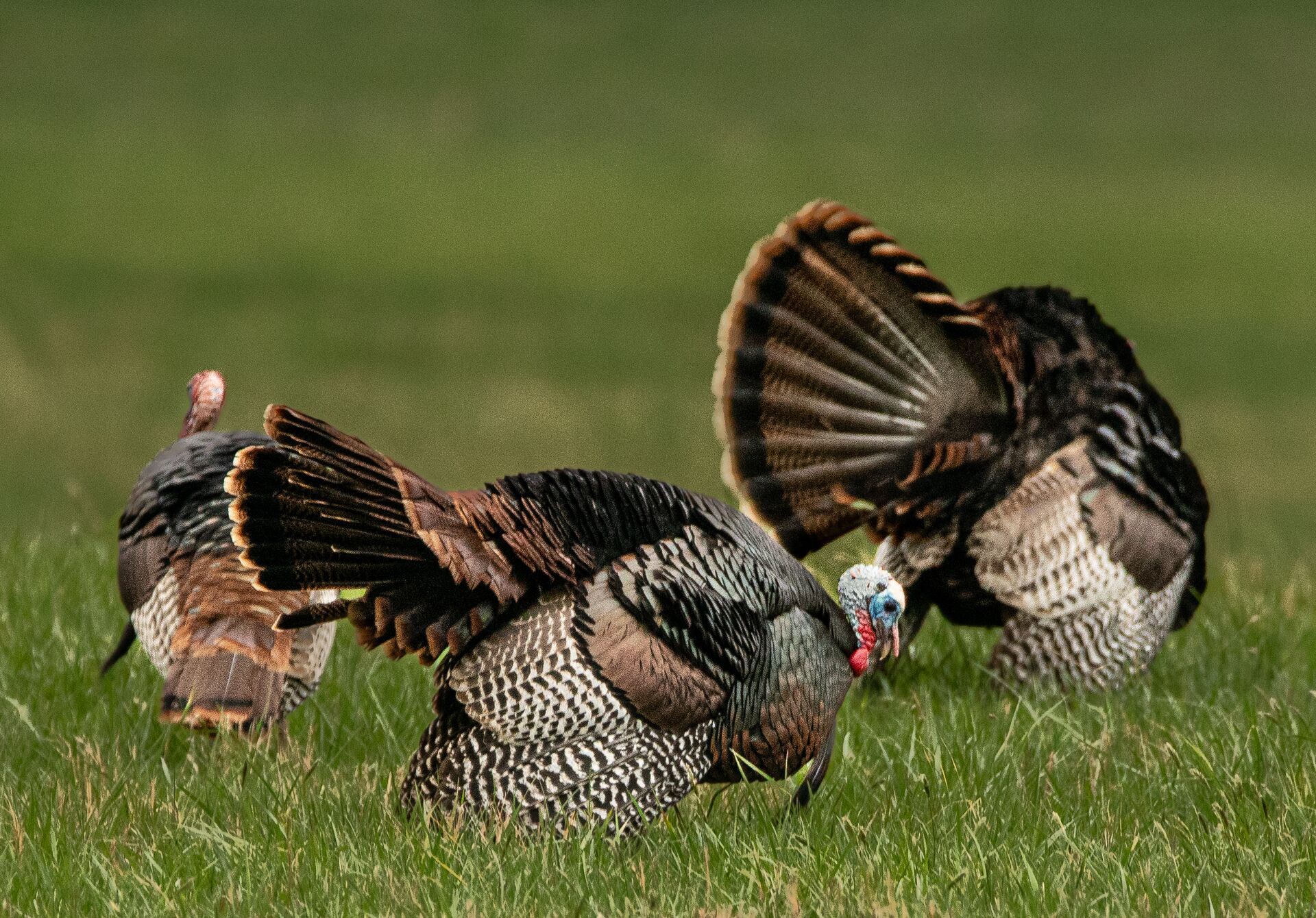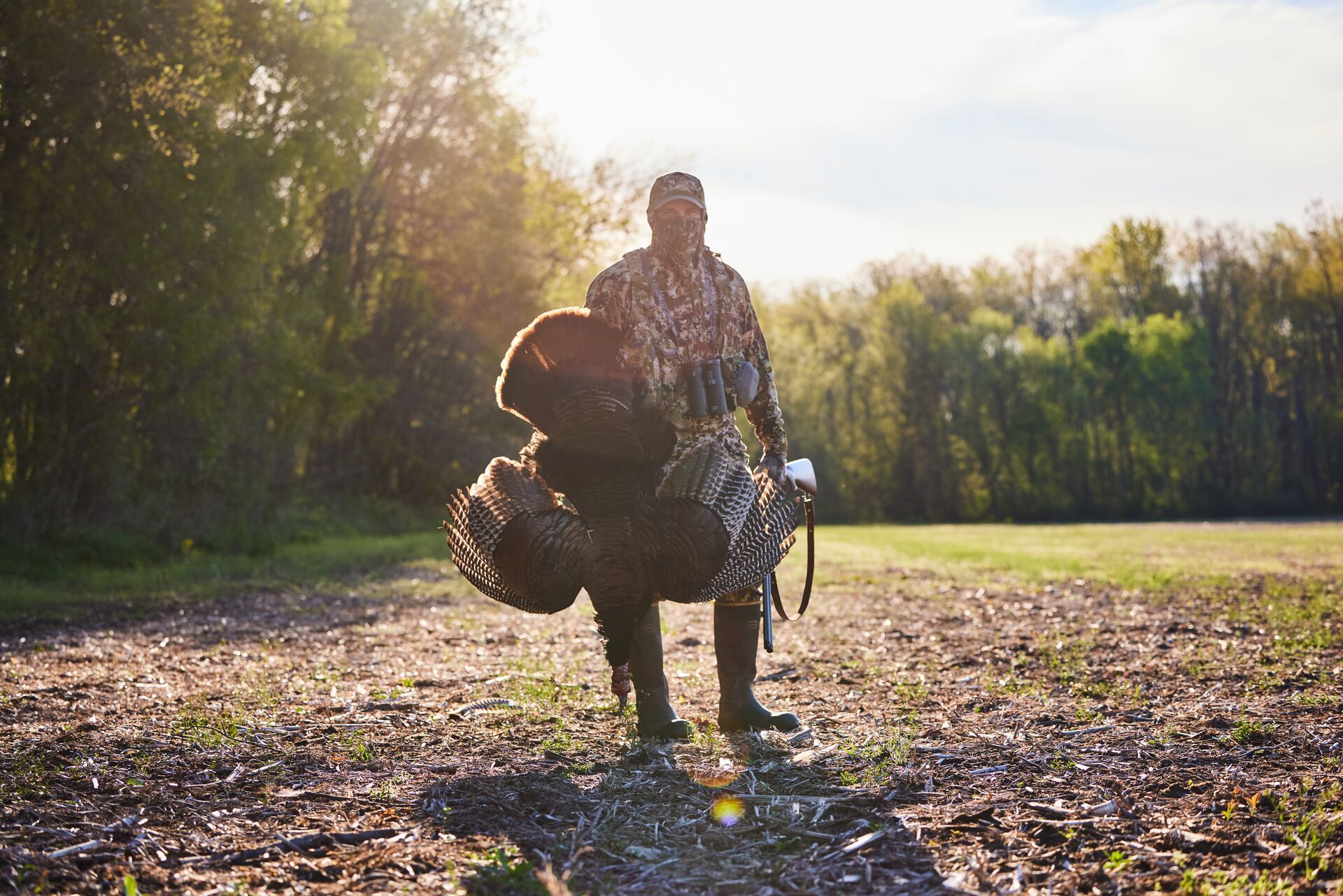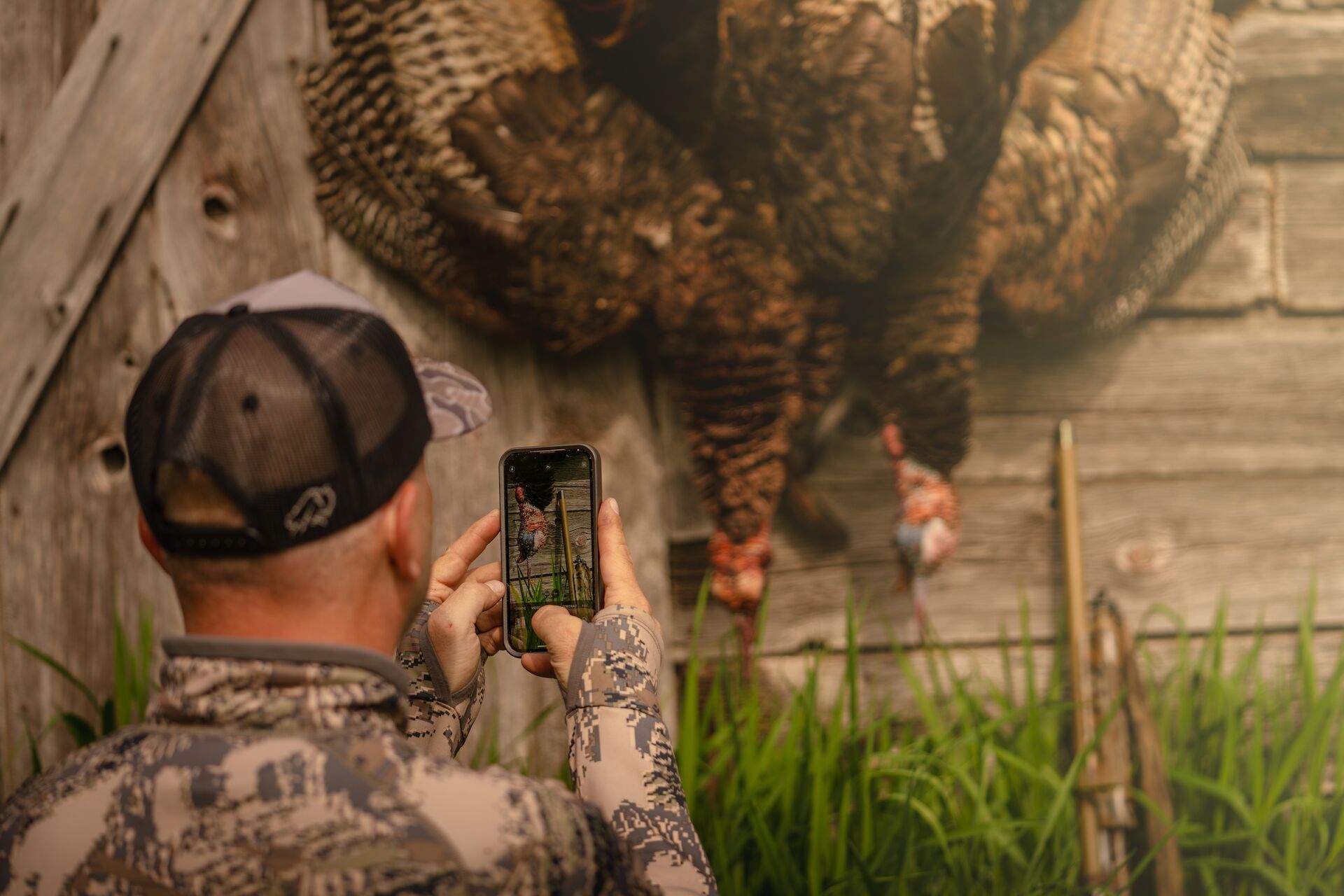Field Guide / Turkey
6 Tips To Help You Prepare For Spring Turkey Hunting
Wild turkeys are not only fun to hunt, but with their growing popularity and paranoid mindset, they are also quite a challenge. They are quick, yet they are easily fooled once you know how to get them into your sites.
Previous in Turkey
More Content Like This
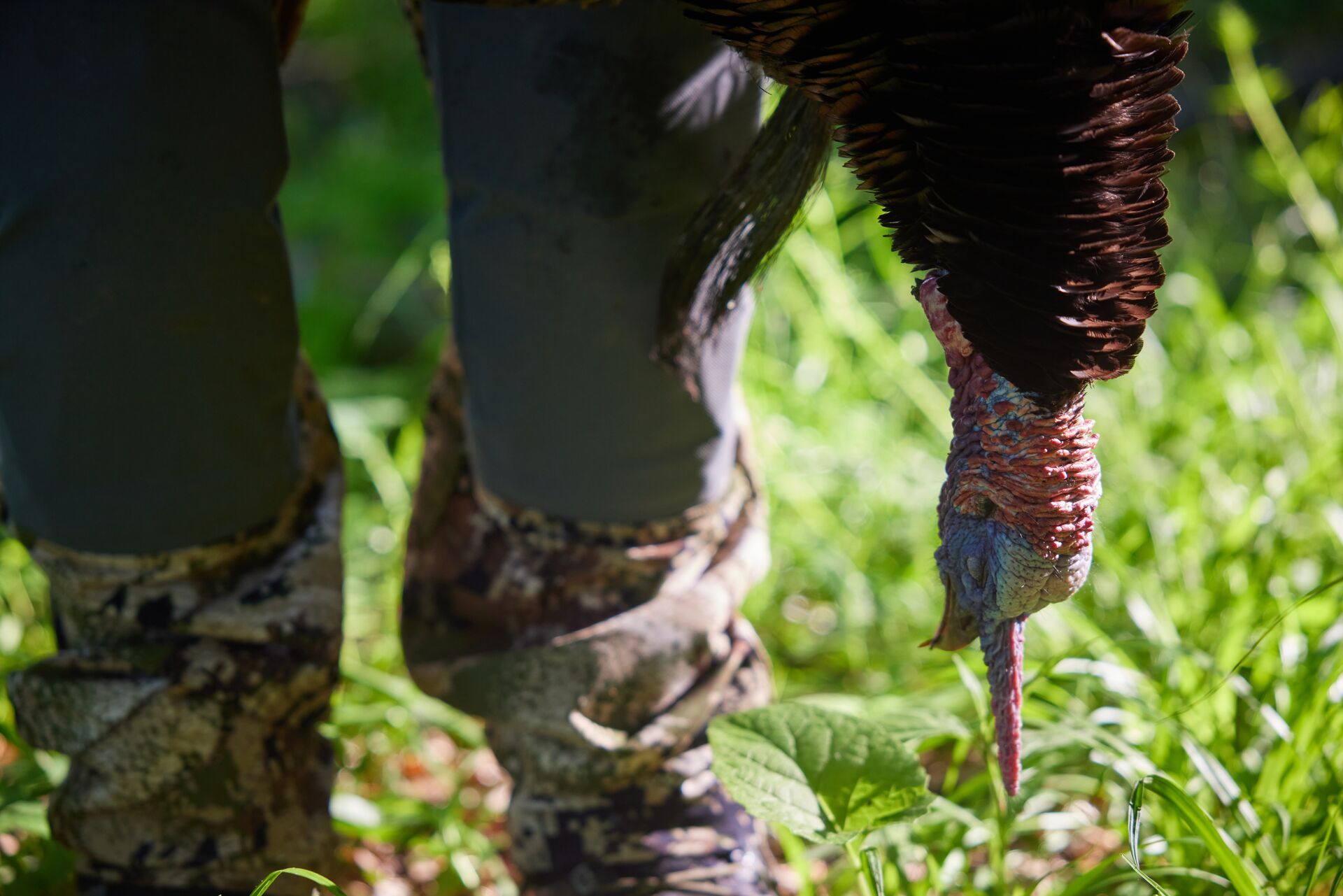
Turkey Hunting: What to Do After the Shot
You've just shot a turkey, and now you're faced with the question, "What do I do now?" Read More
Read More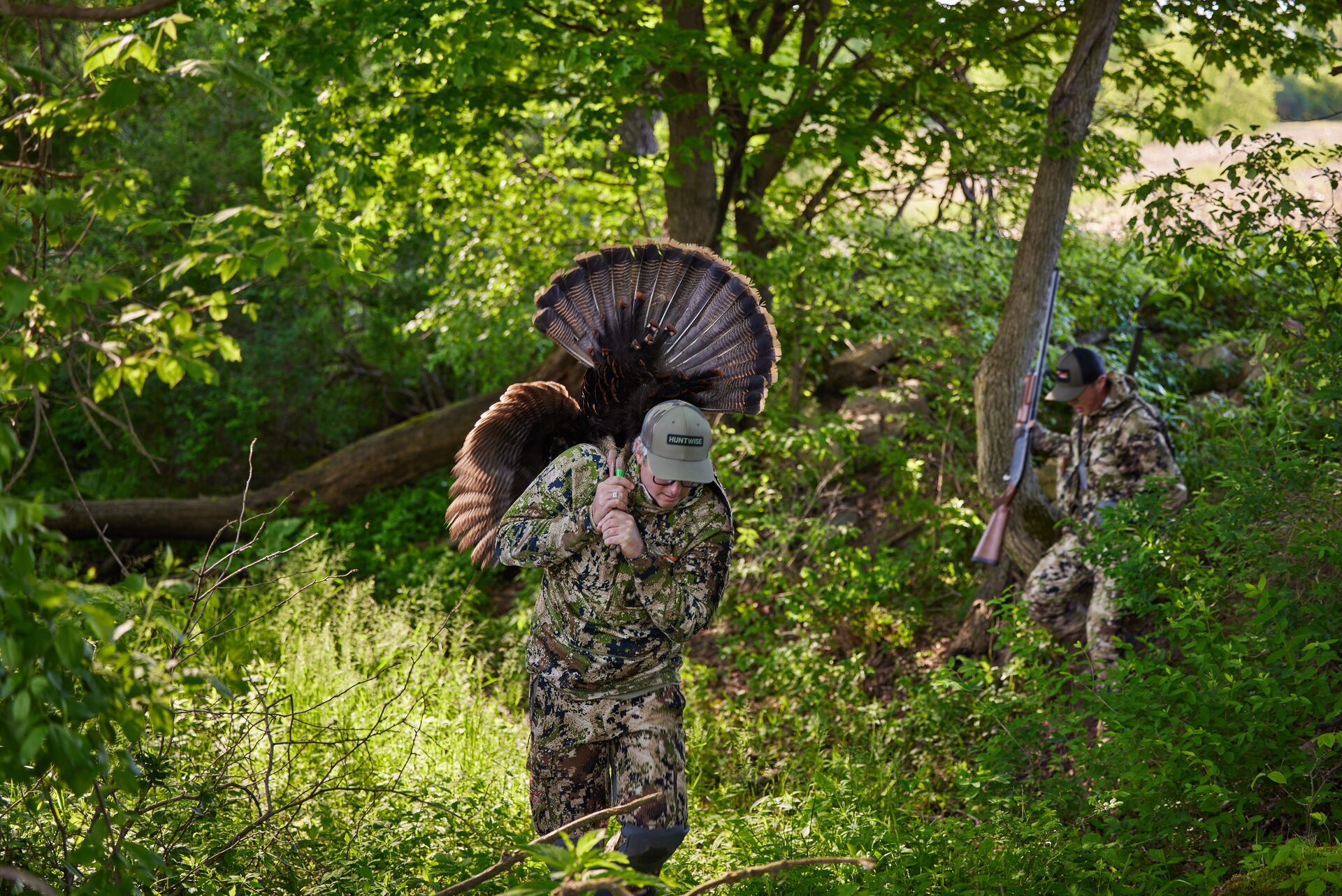
When Is Alabama Turkey Season?
With its diverse hunting locations ranging from the Appalachian mountains' forested habitat to the south's delta swamps, Alabama offers a unique experience for those targeting the Eastern wild turkey. This variety and challenging landscape make it a ...Read More
Read More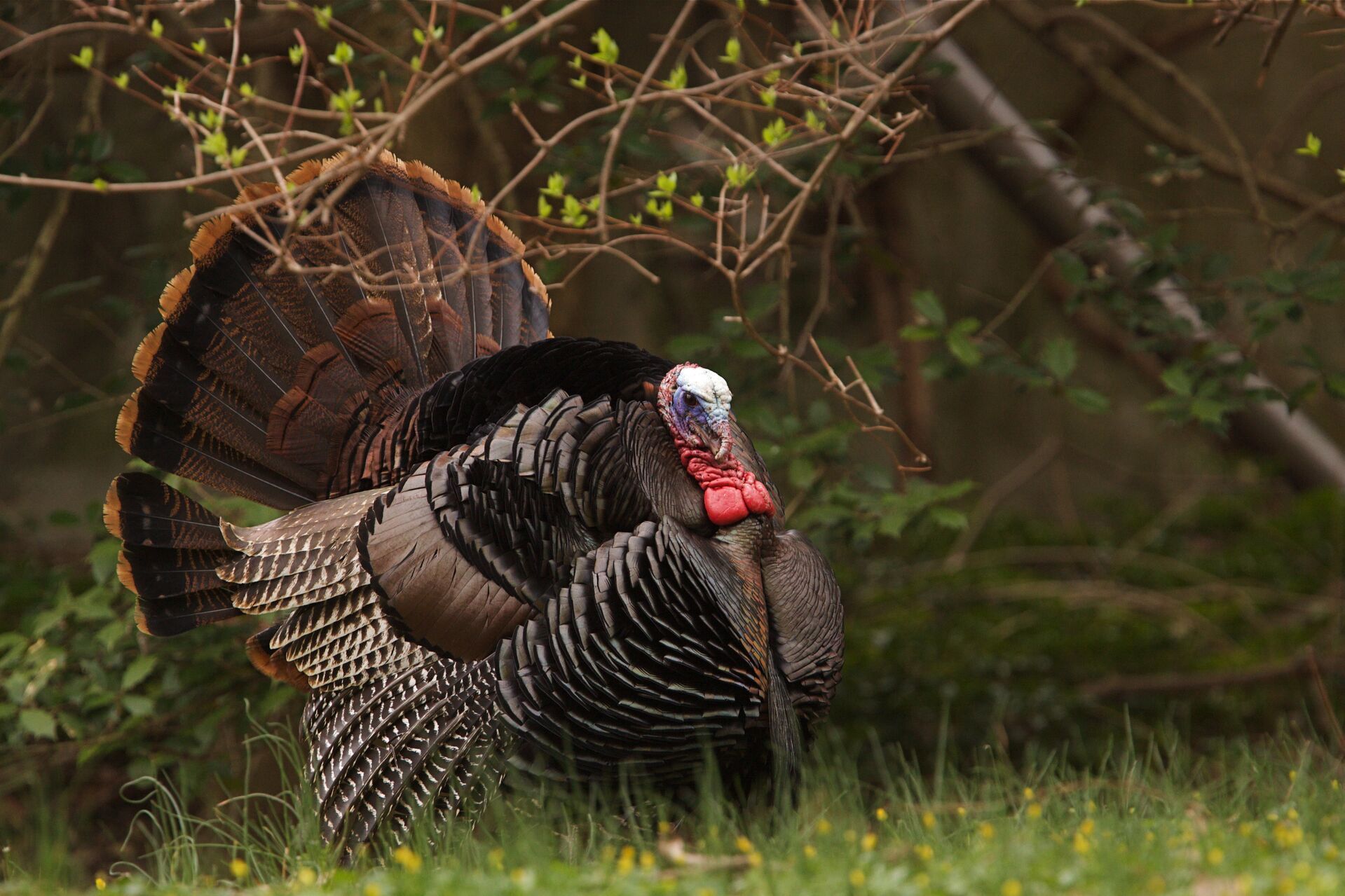
Turkey Talk: All About the Eastern Turkey
Few species captivate the imagination and hunting spirit of the American hunter more than the eastern turkey. With its stunning plumage, unique physical characteristics that set it apart from its Western counterpart, and adaptability to its homeland,...Read More
Read More Turkey
TurkeyTurkey Hunting: What to Do After the Shot
You've just shot a turkey, and now you're faced with the question, "What do I do now?" Read More
Read More Turkey
TurkeyWhen Is Alabama Turkey Season?
With its diverse hunting locations ranging from the Appalachian mountains' forested habitat to the south's delta swamps, Alabama offers a unique experience for those targeting the Eastern wild turkey. This variety and challenging landscape make it a ...Read More
Read More Turkey
TurkeyTurkey Talk: All About the Eastern Turkey
Few species captivate the imagination and hunting spirit of the American hunter more than the eastern turkey. With its stunning plumage, unique physical characteristics that set it apart from its Western counterpart, and adaptability to its homeland,...Read More
Read More
1 of 3
